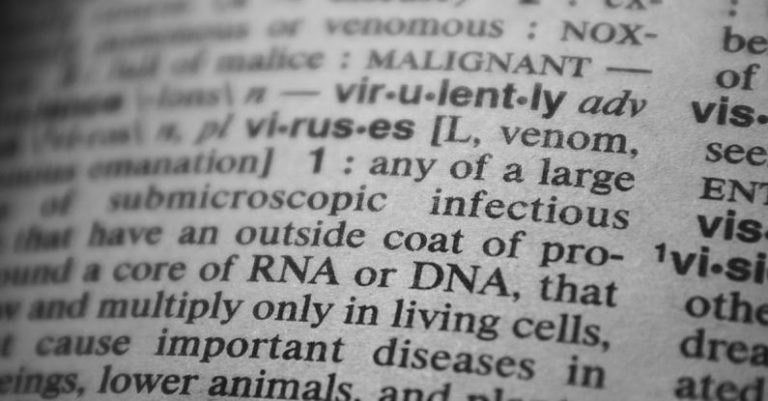The Brave New World of Crispr Gene Editing
In the realm of genetic engineering, a groundbreaking technology known as Crispr has revolutionized the field of gene editing. This powerful tool allows scientists to precisely alter DNA sequences with unprecedented accuracy and efficiency. The implications of Crispr technology are vast and far-reaching, with potential applications ranging from curing genetic diseases to enhancing crop yields. Let’s delve into the brave new world of Crispr gene editing and explore the incredible possibilities it offers.
Unleashing the Power of Crispr
At the core of Crispr technology lies a molecular tool called Cas9, a protein that acts as a pair of molecular scissors capable of cutting DNA at specific locations. When combined with a guide RNA molecule that directs Cas9 to the target sequence, scientists can precisely edit genes by either removing, adding, or modifying sections of DNA. This level of precision far surpasses traditional gene editing techniques, opening up a world of possibilities for genetic manipulation.
Crispr in Medicine: A Game-Changer for Genetic Diseases
One of the most promising applications of Crispr technology is in the field of medicine, particularly in the treatment of genetic diseases. Inherited disorders such as sickle cell anemia, cystic fibrosis, and muscular dystrophy could potentially be cured through targeted gene editing using Crispr. By correcting the underlying genetic mutations responsible for these diseases, Crispr holds the promise of transforming the lives of millions of individuals affected by genetic disorders.
Enhancing Agriculture with Crispr
Beyond the realm of medicine, Crispr gene editing also has the potential to revolutionize agriculture. By modifying the genetic makeup of crops, scientists can develop varieties that are more resilient to pests, diseases, and environmental stressors. This could lead to increased crop yields, improved nutritional content, and reduced reliance on pesticides and fertilizers. Crispr technology offers a sustainable approach to enhancing food security and addressing the challenges of a growing global population.
Ethical Considerations and Controversies
While the potential benefits of Crispr gene editing are vast, the technology also raises ethical concerns and controversies. The ability to manipulate the genetic code of living organisms raises questions about the implications for biodiversity, human health, and societal norms. Issues such as designer babies, unintended consequences of genetic modifications, and unequal access to gene editing therapies are hotly debated topics in the scientific and ethical communities.
Regulatory Frameworks and Future Directions
As Crispr technology continues to advance at a rapid pace, regulatory frameworks are being established to govern its use and ensure ethical and safe practices. Governments, research institutions, and biotech companies are working together to define guidelines for the responsible application of gene editing technologies. Moving forward, it will be crucial to strike a balance between innovation and regulation to harness the full potential of Crispr while mitigating potential risks.
The Future of Crispr: Unlocking the Secrets of the Genome
In conclusion, the brave new world of Crispr gene editing holds immense promise for reshaping the future of medicine, agriculture, and beyond. By unlocking the secrets of the genome and harnessing the power of precise genetic manipulation, scientists are paving the way for a new era of possibilities. As research in Crispr technology advances, the potential for transformative breakthroughs in healthcare, food security, and environmental sustainability grows ever closer. The journey into the frontier of genetic engineering is just beginning, and the possibilities are truly boundless.






